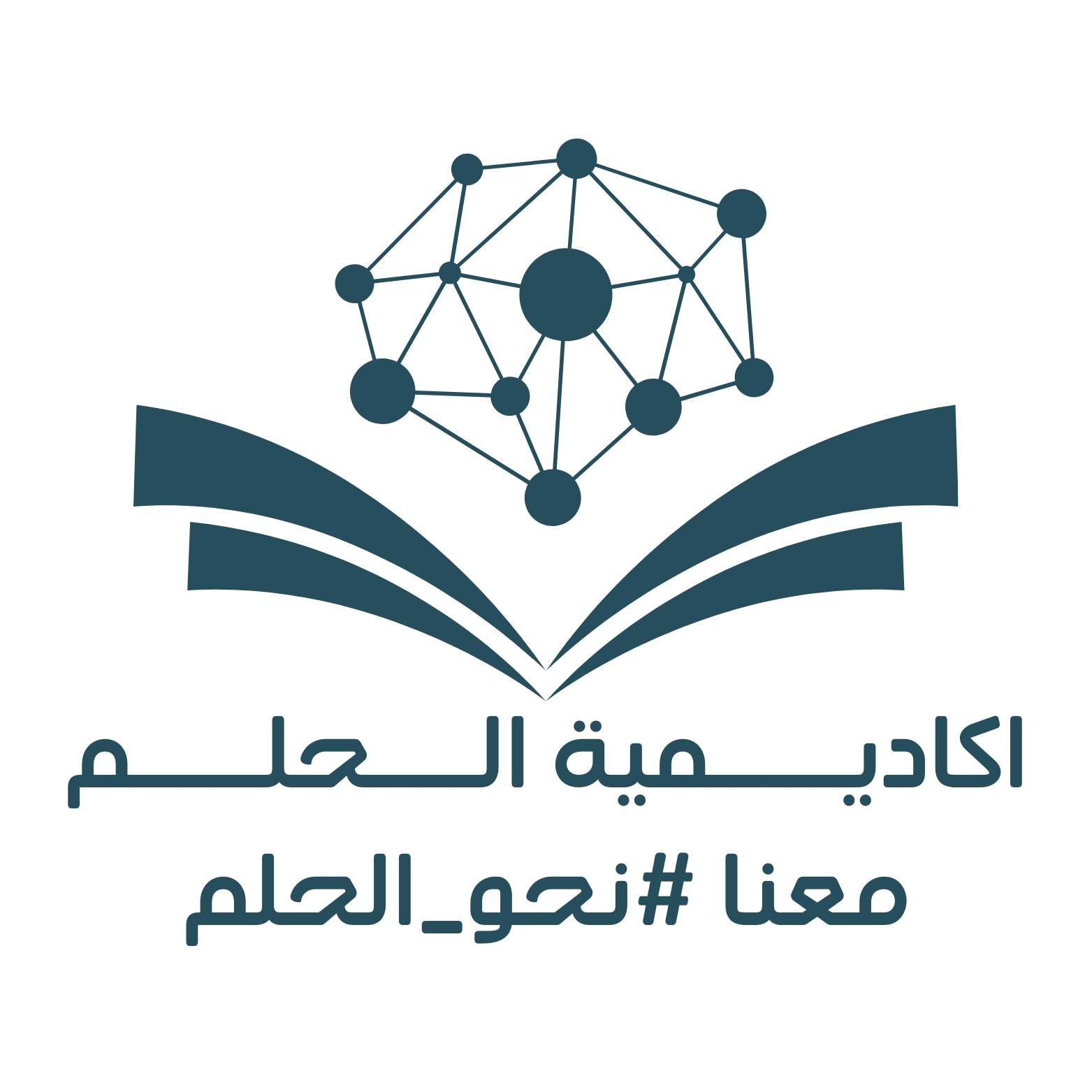Reliable 1z0-1122-24 Exam Practice | 100% Free Efficient Free Oracle Cloud Infrastructure 2024 AI Foundations Associate Brain Dumps
Our product’s passing rate is 99% which means that you almost can pass the test with no doubts. The reasons why our 1z0-1122-24 Test Guide’ passing rate is so high are varied. Firstly, our test bank includes two forms and they are the PDF test questions which are selected by the senior lecturer, published authors and professional experts and the practice test software which can test your mastery degree of our Oracle Cloud Infrastructure 2024 AI Foundations Associate study question at any time. The two forms cover the syllabus of the entire test. Our questions and answers include all the questions which may appear in the exam and all the approaches to answer the questions. So we provide the strong backing to help clients to help them pass the test.
| Topic |
Details |
| Topic 1 |
- Intro to ML Foundations: This section covers Machine Learning (ML) which is a critical area within AI, and understanding its fundamentals is crucial for anyone interested in this field. The section covers delving into the basics of ML allowing for a better grasp of how machines learn from data.
|
| Topic 2 |
- Get Started with OCI AI Portfolio: This section is about the OCI AI Portfolio which offers a comprehensive suite of services and infrastructure for developing and deploying AI models. Exploring the overview of OCI AI Services provides insight into the tools available for AI development.
|
| Topic 3 |
- Intro to DL Foundations: This section covers Deep Learning (DL) is a subset of ML that focuses on neural networks with many layers, and understanding its core concepts is vital for working with complex models.
|
>> Reliable 1z0-1122-24 Exam Practice <<
Oracle 1z0-1122-24 Exam Questions with Free Updates and Free Demo
The pass rate reaches 98.95%, and if you choose us, we can ensure you pass the exam. 1z0-1122-24 study materials are edited by skilled professionals, and they are quite familiar with the dynamics of the exam center, therefore 1z0-1122-24 study materials can meet your needs for exam. What’s more, we offer you free demo to try before purchasing 1z0-1122-24 Exam Dumps, so that you can know the mode of the complete version. If you have any questions about 1z0-1122-24 study materials, you can ask for our service stuff for help.
Oracle Cloud Infrastructure 2024 AI Foundations Associate Sample Questions (Q24-Q29):
NEW QUESTION # 24
Which statement describes the Optical Character Recognition (OCR) feature of Oracle Cloud Infrastructure Document Understanding?
- A. It provides real-time translation of text.
- B. It converts audio files into text.
- C. It enhances the visual quality of documents.
- D. It recognizes and extracts text from a document.
Answer: D
Explanation:
The Optical Character Recognition (OCR) feature of Oracle Cloud Infrastructure (OCI) Document Understanding recognizes and extracts text from documents. This capability is fundamental for converting printed or handwritten text into a machine-readable format, allowing for further processing, such as text analysis, search, and archiving. OCI's OCR is an essential tool in automating document processing workflows, enabling businesses to digitize and manage their documents efficiently.
NEW QUESTION # 25
How is "Prompt Engineering" different from "Fine-tuning" in the context of Large Language Models (LLMs)?
- A. Prompt Engineering creates input prompts, while Fine-tuning retrains the model on specific data.
- B. Both involve retraining the model, but Prompt Engineering does it more often.
- C. Prompt Engineering adjusts the model's parameters, while Fine-tuning crafts input prompts.
- D. Prompt Engineering modifies training data, while Fine-tuning alters the model's structure.
Answer: A
Explanation:
In the context of Large Language Models (LLMs), Prompt Engineering and Fine-tuning are two distinct methods used to optimize the performance of AI models.
Prompt Engineering involves designing and structuring input prompts to guide the model in generating specific, relevant, and high-quality responses. This technique does not alter the model's internal parameters but instead leverages the existing capabilities of the model by crafting precise and effective prompts. The focus here is on optimizing how you ask the model to perform tasks, which can involve specifying the context, formatting the input, and iterating on the prompt to improve outputs .
Fine-tuning, on the other hand, refers to the process of retraining a pretrained model on a smaller, task-specific dataset. This adjustment allows the model to adapt its parameters to better suit the specific needs of the task at hand, effectively "specializing" the model for particular applications. Fine-tuning involves modifying the internal structure of the model to improve its accuracy and performance on the targeted tasks .
Thus, the key difference is that Prompt Engineering focuses on how to use the model effectively through input manipulation, while Fine-tuning involves altering the model itself to improve its performance on specialized tasks.
NEW QUESTION # 26
What is the purpose of the model catalog in OCI Data Science?
- A. To create and switch between different environments
- B. To deploy models as HTTP endpoints
- C. To store, track, share, and manage models
- D. To provide a preinstalled open source library
Answer: C
Explanation:
The primary purpose of the model catalog in OCI Data Science is to store, track, share, and manage machine learning models. This functionality is essential for maintaining an organized repository where data scientists and developers can collaborate on models, monitor their performance, and manage their lifecycle. The model catalog also facilitates model versioning, ensuring that the most recent and effective models are available for deployment. This capability is crucial in a collaborative environment where multiple stakeholders need access to the latest model versions for testing, evaluation, and deployment.
NEW QUESTION # 27
You are working on a project for a healthcare organization that wants to develop a system to predict the severity of patients' illnesses upon admission to a hospital. The goal is to classify patients into three categories - Low Risk, Moderate Risk, and High Risk - based on their medical history and vital signs. Which type of supervised learning algorithm is required in this scenario?
- A. Binary Classification
- B. Regression
- C. Multi-Class Classification
- D. Clustering
Answer: C
Explanation:
In this healthcare scenario, where the goal is to classify patients into three categories-Low Risk, Moderate Risk, and High Risk-based on their medical history and vital signs, a Multi-Class Classification algorithm is required. Multi-class classification is a type of supervised learning algorithm used when there are three or more classes or categories to predict. This method is well-suited for situations where each instance needs to be classified into one of several categories, which aligns with the requirement to categorize patients into different risk levels.
NEW QUESTION # 28
Which AI Ethics principle leads to the Responsible AI requirement of transparency?
- A. Explicability
- B. Fairness
- C. Respect for human autonomy
- D. Prevention of harm
Answer: A
NEW QUESTION # 29
......
Actual4Dumps believes in customer satisfaction and strives hard to make the entire Oracle 1z0-1122-24 exam preparation process simple, smart, and successful. To achieve this objective the Actual4Dumps is offering the top-rated and real 1z0-1122-24 exam questions in three different 1z0-1122-24 Exam study material formats. These 1z0-1122-24 exam questions formats are Oracle 1z0-1122-24 PDF dumps files, desktop practice test software, and web-based practice test software.
Free 1z0-1122-24 Brain Dumps: https://www.actual4dumps.com/1z0-1122-24-study-material.html



